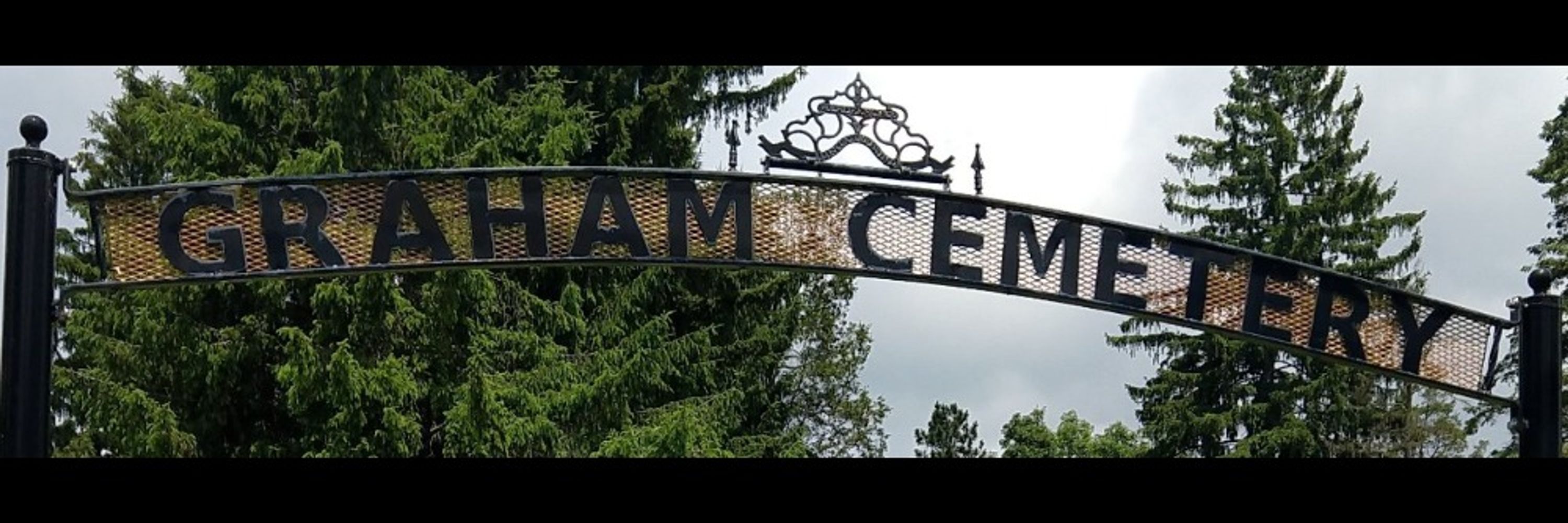
An allele currently found only in European ancestry sequences will be present in India many times over for example. Rapid population growth means that there’s a vast reservoir of rare alleles within all human “ancestry groups". No rare allele will be specific to one of them. 3/n
This assumes alleles as only a single base pair change, though, doesn't it? Alleles that are, say, 6 base pair changes off the line from the wild type allele could easily be specific to a particular group, I would think.
It is true that if one focuses on a set of rare alleles descended from a particular mutation (identical by descent, IBD), which will reside on a specific long haplotype, that set will often be present in sequences restricted to particular genetic ancestries. 4/n
